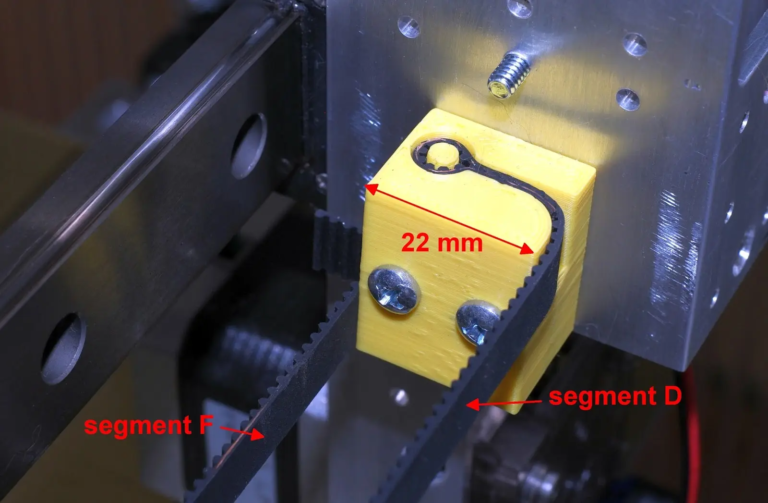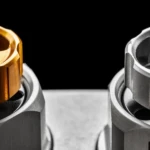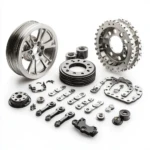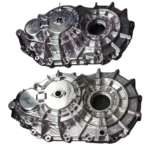Introduction to CNC Rapid Prototyping
In the manufacturing world, speed and accuracy are crucial to success. With the advent of computer numerical control (CNC) technology, the process of creating prototypes has become faster, more accurate and cost-effective. CNC Rapid Prototyping is a manufacturing process that uses computer-aided design (CAD) software and CNC machines to create accurate and accurate prototypes. In this article, we will dig into the world of CNC rapid prototyping, its benefits, and services provided by professional five-axis CNC machining manufacturers.
What is CNC Rapid Prototype?
CNC Rapid Prototyping is a process that involves using CNC machines to prototype various materials from metal, plastic, and wood. The process begins with creating a CAD design and then converting it into a machine language that the CNC machine can understand. The CNC machine then uses this language to cut, drill and mold the material into the required prototype. This process is fast, precise and repeatable, and it is ideal for creating complex and custom parts.
Benefits of CNC Rapid Prototyping
CNC rapid prototyping offers many benefits, including:
- speed: CNC Rapid Prototyping is a fast process that can produce prototypes in hours or days, depending on the complexity of the design.
- accurate: CNC machines are able to produce parts with high precision and precision, making them ideal for creating complex and customized parts.
- Cost-effective: CNC rapid prototyping reduces the need for manual labor, which can be time-consuming and expensive.
- flexibility: CNC machines can use a variety of materials, so that prototypes can be created from a variety of materials.
Light’s CNC processing service
Light Light is a professional five-axis CNC machining manufacturer that provides a variety of CNC machining services including CNC rapid prototyping. With advanced five-axis CNC machining equipment and production technology, excellent light can solve metal parts manufacturing problems and provide one-stop after-processing and completion services. Most materials can be quickly customized and handled, which makes very light the first choice for customized precision machining.
How to choose the right material for CNC rapid prototyping
Choosing the right material for CNC rapid prototyping is critical to the success of the project. The choice of material depends on the intended use of the prototype, the required characteristics of the material and the budget. Some common materials used in CNC rapid prototypes include:
- Metal: Aluminum, steel and copper are popular metals used in CNC rapid prototyping.
- plastic: ABS, PC and PMMA are common plastics used in rapid prototyping of CNCs.
- wood: Wood is a popular material for creating prototypes of furniture and wood products.
in conclusion
CNC Rapid Prototyping is a fast, precise and cost-effective way to create prototypes. With the help of CNC machines and CAD software, complex and customized parts can be created with high precision and precision. Great Light’s CNC machining service offers a wide range of benefits including speed, accuracy and flexibility. Whether you need to prototype new products or custom parts for existing products, Great Light’s CNC Rapid Prototyping Service can help you.
FAQs (FAQs)
- What is CNC Rapid Prototype?
CNC Rapid Prototyping is a manufacturing process that uses computer-aided design (CAD) software and CNC machines to create accurate and accurate prototypes.
- What are the benefits of CNC rapid prototyping?
The benefits of CNC rapid prototyping include speed, accuracy, cost-effectiveness, and flexibility.
- What materials can be used in CNC rapid prototyping?
A variety of materials can be used in CNC rapid prototyping, including metal, plastic and wood.
- How long does it take to quickly prototyping CNC?
The time required to complete a CNC rapid prototyping project depends on the complexity of the design and the materials used.
- Can CNC rapid prototypes be used for production?
Yes, CNC rapid prototyping can be used in production, especially for small batches or custom parts.
- How much does CNC rapid prototyping cost?
The cost of rapid prototyping of CNCs depends on the materials used, the complexity of the design, and the amount required.
- What is the difference between CNC rapid prototyping and 3D printing?
CNC rapid prototypes are made using subtraction, where the material is removed to create the desired shape, while 3D printing is made using additives, where the material is added layer by layer to create the desired shape.
















